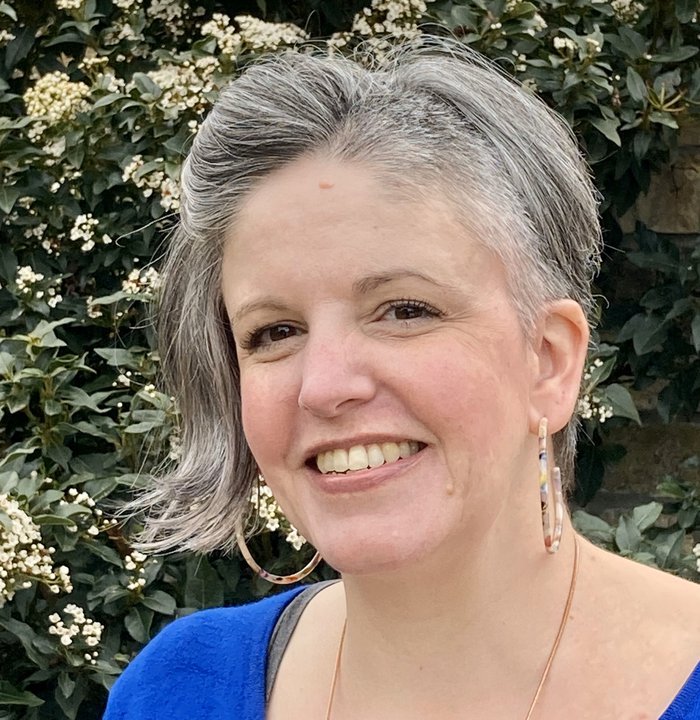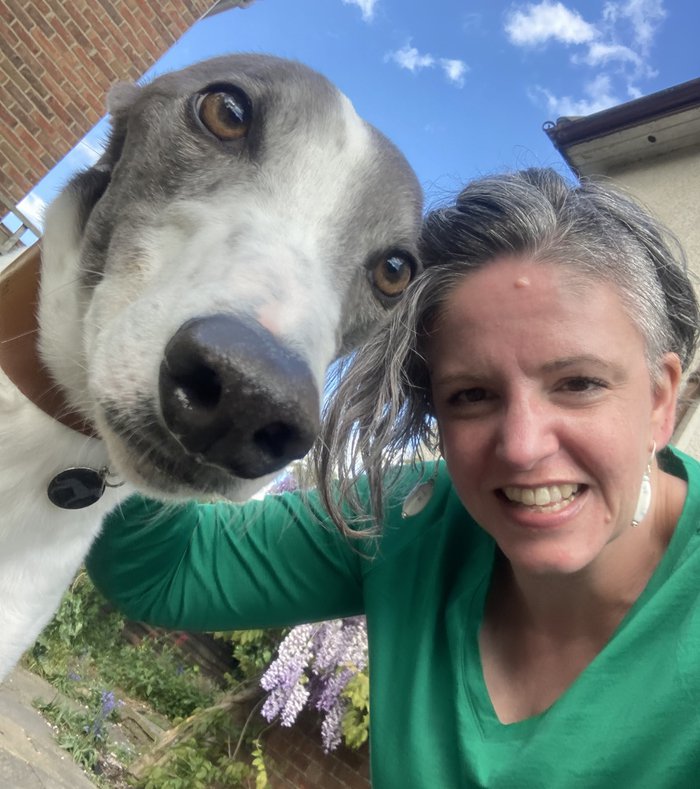Embracing the new Esther
A blood clot caused by undiagnosed ET changed Esther’s life overnight. She talks about adjusting to her new situation and focusing on what works best for her.

For information see our web pages about ET or order our new ET booklet.
When I was first asked to write this, I was feeling much more positive. I felt like I was managing my disease well, I had a handle on work, life, and I was managing the MPN. That I am feeling more vulnerable and less optimistic about it now, demonstrates the insidiousness of managing a long-term condition, and the ups and downs that come with it.
I was diagnosed with essential thrombocythemia (ET) in early 2018, after the discovery of a portal vein thrombosis (PVT). I remember waking up on New Year’s Day 2018 in so much pain; not the new year I was hoping to begin. I was working and living overseas at the time. To allow for diagnosis and treatment, I was sent home by my employer, and this began the battle I have had with continuing to try and do challenging, full-time roles at work, with managing my PVT and ET.
Coming to terms with change
There are some people who don’t experience many symptoms from their ET, or who are lower risk but I had to quickly come to terms with being "high-risk" and young for this condition.
I hoped because of my age, I might be someone who only has to take aspirin. But that was pretty soon put to rest.
I will be on anticoagulation for the rest of my life, and cyto-reductive treatment. The sort of symptoms I’m facing are the fatigue and bone pain from the ET, and the pain from the PVT – this affects what I can do on a day-to-day basis. It has also changed the way I can socialise as I am hugely limited in what I can eat now - I’ve had a rude awakening to the fact that most of our social lives are built around food and drink!

What I've lost and what I've found
There are many things I feel I’ve lost – my outdoor hiking, a balance in social life versus work life, overseas travel etc – but one of the biggest for me is the sense that I’m not in control of my career anymore. I love big, challenging, high-profile roles which keep my on my toes and keep me running to deadlines. And, I’m not going to lie, I have a real sense of pride in being recognised when I’m good at them.
With ET and the PVT running the show, managing the pain and the fatigue in particular, has changed the sorts of jobs I can do. This was a huge change for me to adapt to. And I still feel a real sense of loss when I consider dream jobs that are not realistic now.
What I’ve realised over the years though, is that I can still do challenging roles, I just need to think through them a bit more.
Will I be able to take breaks if I need to? Will the manager be supportive of my need for more flexible working styles? And an internal question to me, will I really be able to deliver this?
I’ve found that adding breaks, recognising when is not a great time for meetings, making sure I’m not wall-to-wall meetings or events can all go some way to helping me manage fatigue. If I’m facing deadlines or big projects, I’ll automatically build in some leave after them, rather than going straight on with the next thing. I am very lucky to have a supportive employer who wants me to be able to contribute.
I’ve also found that as a leader I need to show my vulnerability more and explain to my teams what I’m facing – I think this has actually helped my leadership. It certainly helps with delegating more – as a bit of a perfectionist, that has been a great learning curve.
We often hear about "authentic leadership" but still see the "polished and shiny" version of leaders. My team know what I struggle with health-wise. And they help me by keeping me honest and prodding me to take breaks when necessary.
Sometimes I feel sad that maybe my career isn’t going the route I thought it might. But that’s ok. There’s lots of different ways to fulfill ambition.
Letting go of the old me
I think what I have struggled with most is trying to get back to the old Esther, without realising that there’s a new, shiny Esther. She’s just different to the one I thought. Once I realised there are different ways to work, different ways to travel, different ways to socialise, I’ve worked out I’m not striving to get back to the old me, or for the "new normal", but embracing the "new Esther".
Part of that process for me has been reading and getting information. But I’m careful with what I take from things; MPNs are complex and we all experience different symptom burdens, different difficulties, or maybe we’re symptom free. I need to think about what works for me – it doesn’t matter if people say "you must eat this" or "you must do this", for me, those things are not helpful because often I physically can’t do them. I’ve had to learn to take advice where it works, but not worry about comparing myself to other people who may have the same condition.

Setting new goals
In 2013, I completed a hike to Everest Base Camp, and in 2017 solo hiked up Mount Fuji. Those things are not possible anymore for me, at least, not at the moment. But goals are still achievable with an MPN. In September 2022, I completed a 5km walk for MPN Voice, so yes, not the heights of before, but satisfying.
One of my “bucket list” items was to go to the Ogasawara Islands – and I did, even following my MPN diagnosis. So all these things were achievable, but depending on our journey with this disease, we may need to alter our goals. I didn’t do everything in the Ogasawara Islands that I would have done pre-ET, but I set my goals for the trip and achieved them. Complete with seeing my first hump-back whale!

Order your free guide to ET
Includes understanding ET, treatments and how to look after yourself

